| Waking up |
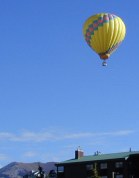
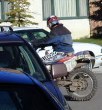
| The hotel parking lot as we left | |
| Howard Bingham |
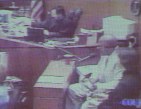
| Howard on witness stand | |
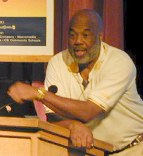
| Howard Bingham | |
| Grade on transcript | |

| Howard looking at his picture | |

| His pictures | |

| Signing an autograph | |
| Ken Harper |

| Ken Harper | |
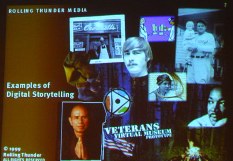
| Rolling Thunder media: Examples of Digital Storytelling | |

| One person's story | |
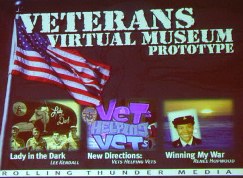
| Intro screen | |
| Hearing people say it while the viewers see the images is important: Audio is important. (My question: "When text vs. audio?) |
| Everyone has personal stories relating to public people and events (see my reactions to Howard Bingham, above). |
| Additional revenue potential from assets: Licensing pictures/sound for personal stories. |
| Audio at 28.8 is OK. Use slideshows (like we're doing here with RealSlideshow) instead of video on the Web today. |
| Some people tell stories better, some help others tell their stories better, hence his business. |
| Why he has a business: "Money is energy." |
| Fabrice Florin |

| Fabrice Florin | |
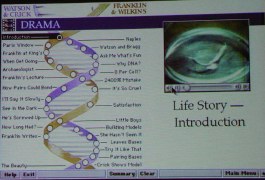
| Story of DNA discovery | |
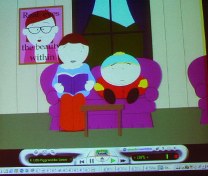
| Shockmachine | |
| Shelley McIntyre |
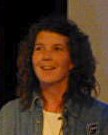
| Shelley McIntyre | |
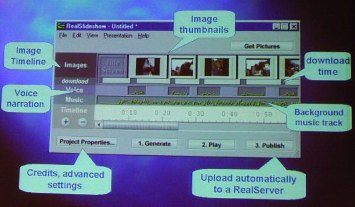
| Screenshot with parts named | |
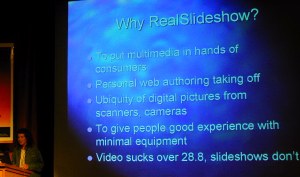
| Reasons for RealSlideshow | |